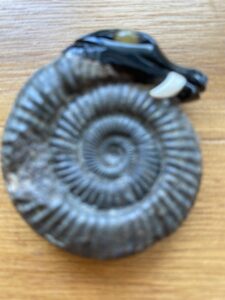
Tomorrow is St. Patrick’s Day. A day to drink green beer, catch a leprechaun, and cheer the Emerald Isle and it’s legends. So, of course, this blog has something to do with St. Patrick, but it has more to do with snakes. In the Christian tradition, it’s fair to say snakes have a bad rap. They symbolize trickery, evil, and chaos. In other traditions, the same creature associates with fertility, life, and healing.
So before I tell the story of Patrick driving snakes out of Ireland, I need to tell you about Eve, the Serpent, and Adam. Once upon a time, they all lived in the garden of Eden, created by God and given to the happy couple. They could live an idyllic life forever provided they didn’t eat from a tree inside the garden. They couldn’t even touch it.
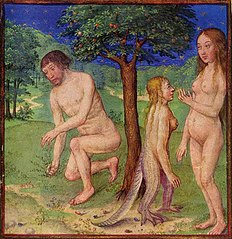
Enter the snake, a trickster among tricksters, who asked Eve: “Did God say ‘you shall not eat any tree of the garden?” Eve responded there was only one forbidden tree, and if they touched it, they would die. “You will not die,” the snake said. “When you eat of it, your eyes will be opened, and you will be like God.”
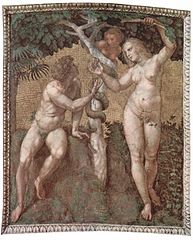
So Eve took a second look, tried the fruit, and gave some to Adam. The snake didn’t lie. After they ate the fruit, Eve and Adam discovered they were naked. Before long, God caught them. Adam blamed Eve who blamed the snake. The snake, at this point, lost his legs. He also became associated with the devil and very unpopular among human beings.
Patrick Drives Snakes out of Ireland
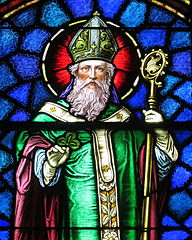
Fast forward to 6th century Ireland. Patrick arrives to convert the Irish to Christianity from the indigenous Druid religion. Druids held the snake in high esteem, particularly for healing.
According to legend, Patrick went up a hill to enter into a 40-day fast. And snakes attacked him. He was furious, and drove all the snakes of Ireland into the sea. And that, legend says, is why there are no snakes in Ireland.
Except there never were any snakes in Ireland.
The ‘snakes’ were probably Druids whom Patrick persecuted with enthusiasm and violence.
Hild Expels Snakes from Whitby

In 7th century Whitby on the east coast of England, there’s another legend about snakes. Abbess Hild, the subject of my current research, established a monastery on the Whitby headland. The area has numerous ammonite fossils, a fact that influenced a legend about St. Hild and snakes.
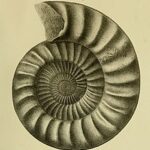
Local people asked Hild to pray to God for the removal of a plague of snakes. She agreed. First she asked God to remove the snakes’ heads. Then she requested God to turn their bodies into stone. Finally, she quoted Jesus and ordered the creatures to “Be removed and cast into the sea.” [Sidebar: Jesus was speaking about the power of prayer to move mountains, not snakes.]
It is true that the ammonite fossils have no heads, but the Victorians and craftsmen today carve snakes’ heads out of jet and attach them to the fossil, and so the legend lives on.
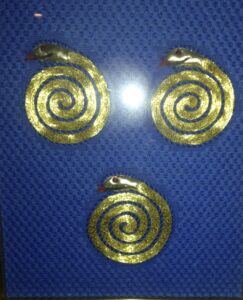
The town symbol for Whitby is three ammonites with heads on a shield.
🐉🐉🐉
Photo of ammonite fossil with head carved from jet by author.
15th century manuscript illumination of Adam, Eve, & the snake.
Adam, Eve & the Snake from Raphael’s Stanza, Vatican.
St Patrick Catholic Church window, Junction City, Iowa by Nheyob.
The Whitby Snake-Ammonite Myth. Folklore. Vol 16, Number 3.
James Owen. “Did St Patrick Really Drive Snakes Out of Ireland?” National Geographic. Ma.r 15, 2014.

Sandra Wagner-Wright holds the doctoral degree in history and taught women’s and global history at the University of Hawai`i. Sandra travels for her research, most recently to Salem, Massachusetts, the setting of her new Salem Stories series. She also enjoys traveling for new experiences. Recent trips include Antarctica and a river cruise on the Rhine from Amsterdam to Basel.
Sandra particularly likes writing about strong women who make a difference. She lives in Hilo, Hawai`i with her family and writes a blog relating to history, travel, and the idiosyncrasies of life.

